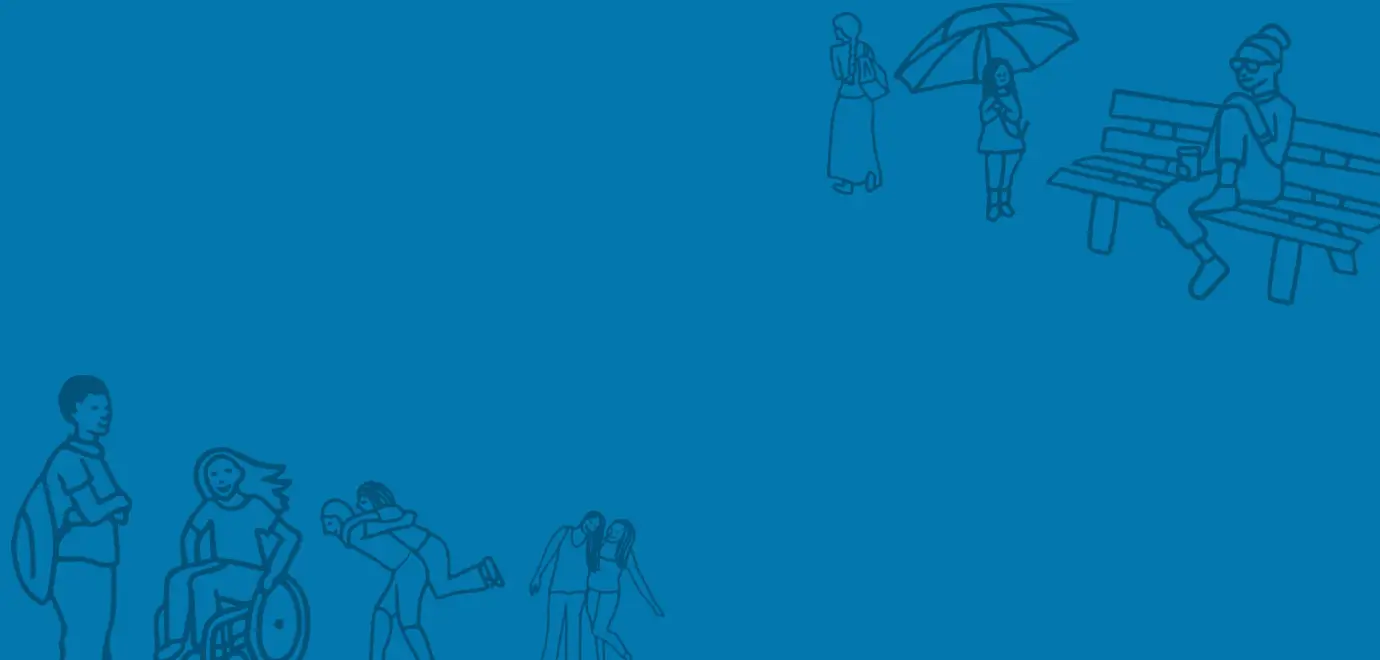My Attendance Audit so far has included surveying all local authorities, carrying out a deep-dive in 10 local authorities to get to the root of school absence and a detailed investigation of the daily attendance patterns in autumn 2021.
A consistent finding from all this research was that there are children who are known to be missing from education, but no one knows where they are or why they have dropped out of education. In my report, ‘Voices of England’s Missing Children’ I set out an ambition that there would be no more children falling through the gaps and out of education. A lack of information should no longer be the reason why children are not receiving a suitable education.
One group of children I am particularly concerned about are those who are in care but are not receiving a suitable education. My Help at Hand team, who provide advice and support for children in care, have been called on to help many children who are in this situation:
For example, Callum* is 9 years old and in long-term foster care. He had a traumatic early childhood and exhibits challenging behaviour as a result of this Callum has special educational needs (SEN) and an Education, Health and Care Plan (EHCP). His primary school could not support him properly and he was moved to alternative provision until the end of the school year. The local authority identified a special school for September but, due to poor information sharing, the school was not ready to admit him in time, so he again had to study at alternative provision, which provided outdoor activities but little formal education.
The local authority investigated other schools but there was drift and delay from the SEND team, so Callum was still not at school by the end of the summer term. Help at Hand has been involved and has pushed the local authority to resolve this for Callum, so that he can return to a school with other children as soon as possible. After renewed efforts, the local authority secured a weekly boarding place at a residential special school. Callum was out of education for almost a full academic year before suitable education was identified for him.
In another example, Ashley* is 15 year old child in care who was moved from England to Scotland as the responsible local authority was not able to find an appropriate placement in England for her. Education was provided by the placement, but this did not meet Ashley needs due to not covering the areas needed for English GCSE. No tutor was provided, and Ashley was expected to do home learning without support or a tutor. Help at Hand made representations at a meeting with Ashley and her social care team during the summer break with an agreement to have a clear plan for Ashley’s education for the coming academic year. To date there is still not a clear plan of action in place, despite Ashley now entering the final year of her GCSEs.
To get to the bottom of this issue, I will use my statutory powers under section 2F of the Children Act to collect the education placement data from local authorities for their cohort of looked after children of statutory school age as of 31 March 2022. The data will show, for the first time, how many looked after children are: out of education entirely, receiving tuition at home, being electively home educated, in part-time unregistered alternative provision or being educated in an independent school.
Evidence from my ‘Back Into School: new insights into school absence’ report showed that looked after children who were in school were actually less likely to experience absence than their non-looked after peers. This is testament to the success of the role of the Virtual School Head and demonstrates how we absolutely need to have high ambitions for the system that looks after children in care.
Any looked after children or children with a child protection plan who are concerned about their education or are missing out on education can contact my Help at Hand team for advice and support.






